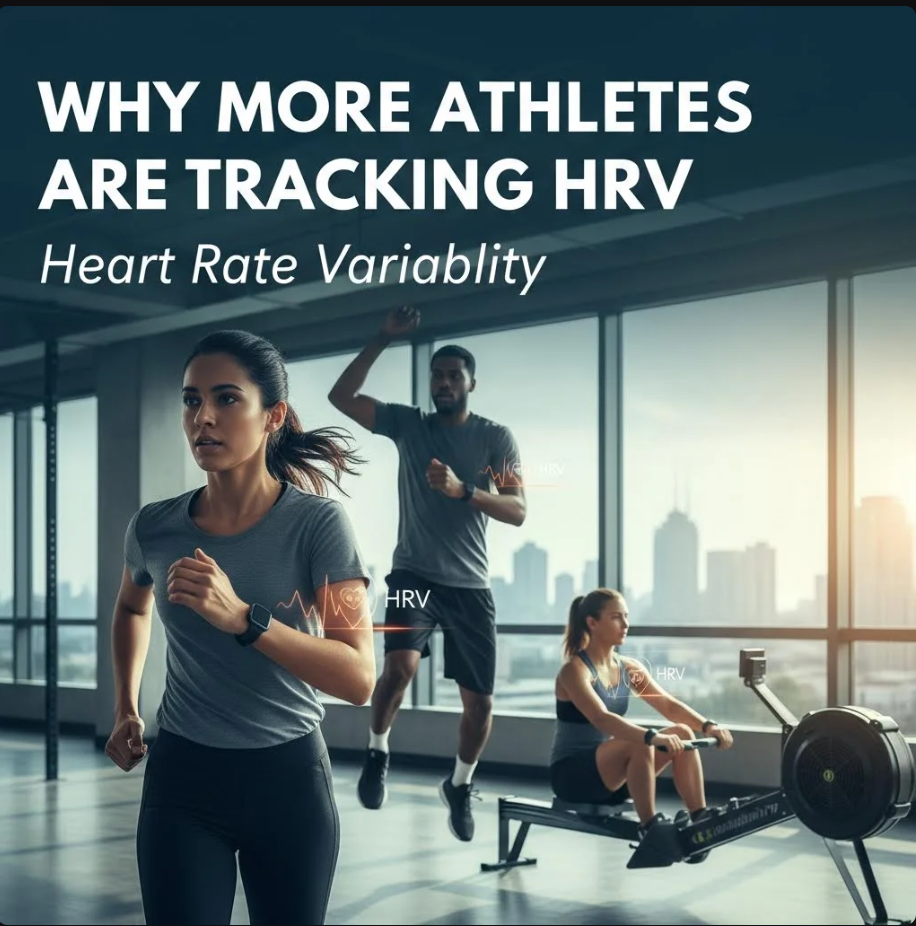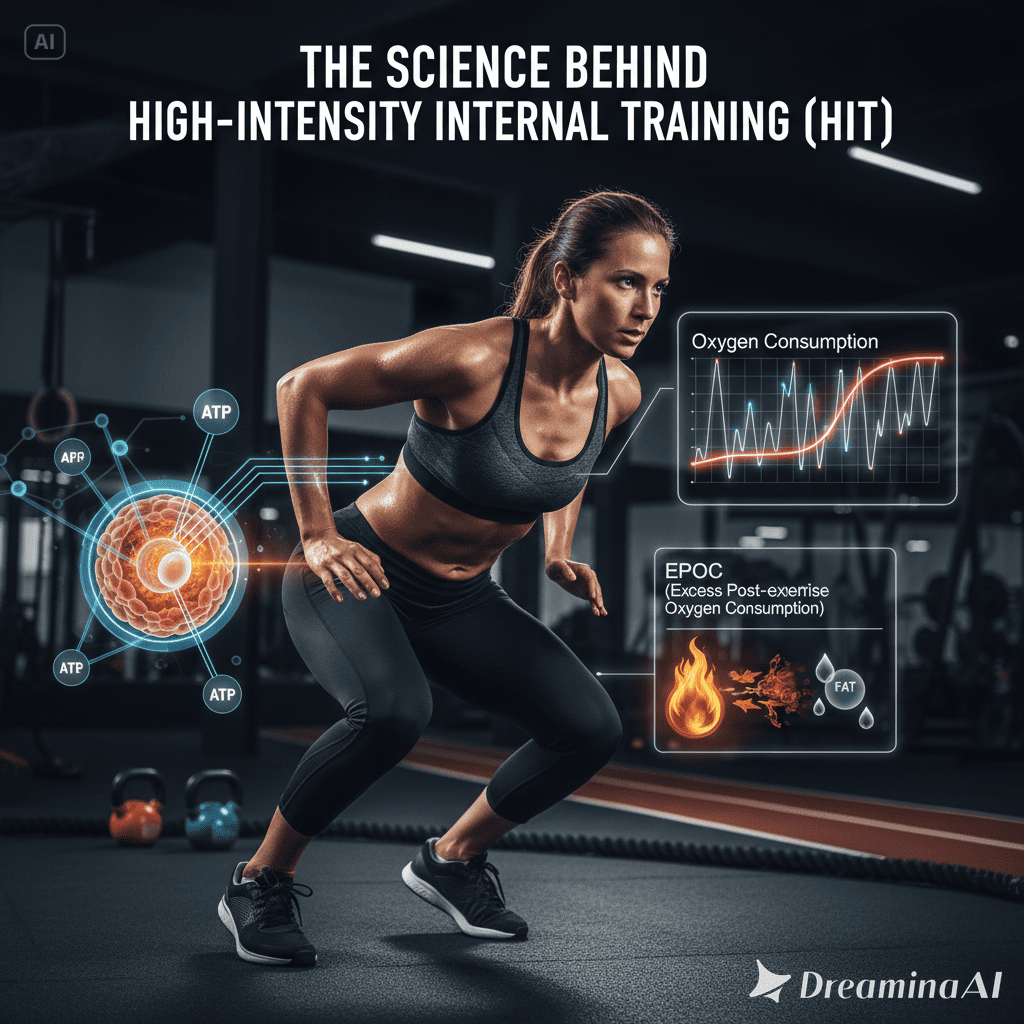Discover the science behind HIIT workouts, their benefits for fat loss, cardiovascular health, and efficient fitness training.
High-Intensity Interval Training, or HIIT, has become one of the most popular fitness trends worldwide. It combines short bursts of intense exercise with periods of rest or low-intensity activity. But beyond the hype, there is solid science behind why HIIT is so effective for fat loss, cardiovascular health, and overall fitness.
Understanding the principles and physiological effects of HIIT can help you maximize results while reducing the risk of injury.
1. What is HIIT?
HIIT involves alternating between high-intensity exercises and short recovery periods.
a. Duration
A typical HIIT session lasts 15–30 minutes, making it time-efficient for busy lifestyles.
b. Intensity
High-intensity intervals push your body to 80–95% of maximum heart rate, followed by recovery intervals at 40–50% of max heart rate.
2. How HIIT Works
a. Energy Systems
During high-intensity bursts, the body relies on anaerobic energy pathways, rapidly burning stored glycogen for fuel. Recovery periods allow the aerobic system to restore energy.
b. EPOC Effect
HIIT triggers Excess Post-exercise Oxygen Consumption (EPOC), meaning your body continues to burn calories even after the workout has ended.
c. Hormonal Benefits
HIIT boosts human growth hormone (HGH) and adrenaline, which aid in fat metabolism and muscle preservation.
3. Benefits of HIIT
a. Efficient Fat Loss
Short, intense sessions burn calories faster than traditional steady-state cardio.
b. Improved Cardiovascular Health
HIIT enhances heart and lung function, improving endurance and reducing risk factors for heart disease.
c. Muscle Preservation
Unlike long-duration cardio, HIIT helps maintain lean muscle mass while promoting fat loss.
d. Metabolic Boost
HIIT can increase insulin sensitivity, improve glucose metabolism, and support long-term weight management.
4. Tips for Effective HIIT
- Warm-up properly to prepare muscles and joints.
- Mix exercises: include bodyweight, resistance, and cardio movements.
- Progress gradually: increase intensity or duration over time.
- Listen to your body: rest if needed to avoid overtraining or injury.
5. Challenges and Considerations
- Intensity Management → High risk of injury if form is compromised.
- Recovery Needs → HIIT requires adequate rest between sessions.
- Not for Everyone → Beginners or individuals with medical conditions should consult a professional first.
Conclusion
The science behind HIIT proves that short, intense workouts can deliver maximum benefits in minimal time. By understanding energy systems, hormonal responses, and recovery principles, HIIT can improve fat loss, cardiovascular health, and overall fitness efficiently.
For anyone seeking time-efficient, scientifically backed workouts, HIIT is a powerful tool to achieve both health and performance goals.
Recommend :














